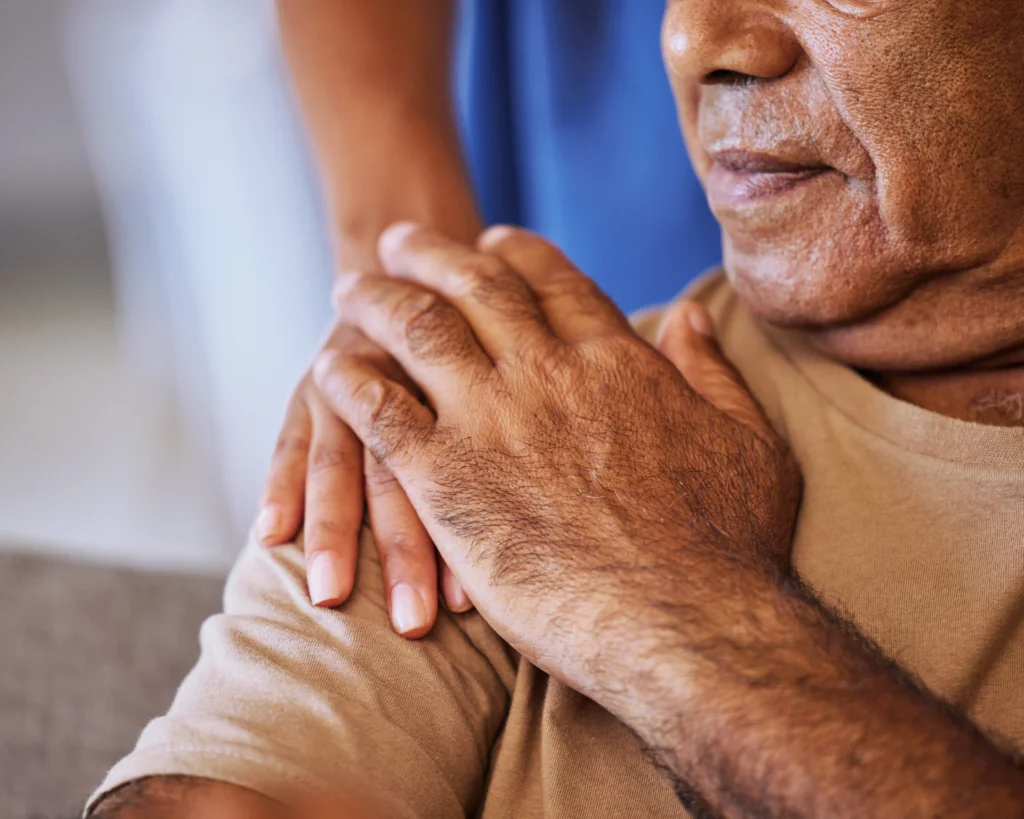Unveiling Disparities: Racial Inequities in Emergency Care Restraints
While restraints are used in less than 1% of emergency care encounters, adult Black patients were 31% more likely to experience physical restraint compared to White patients.

Read Time: 3 minutes
Published:
Since 2017, over 53 million mental health-related visits to emergency departments have occurred in the United States. Individuals receiving emergency mental health care can be agitated or aggressive, putting health care workers at risk. Physical restraints can prevent violent encounters and protect both staff and patients.
Black patients are less likely to receive outpatient psychiatric treatment and have the highest rate of emergency hospital mental health visits, and may therefore be particularly subject to the possible harms of restraints, which include physical trauma, significant respiratory depression, and asphyxiation leading to cardiac arrest. Being forcibly restrained against your will also takes a psychological toll.
Researcher Vidya Eswaran and colleagues reviewed existing literature on physical restraint use involving adults in emergency departments to identify any racial differences in the use of mechanical devices. Restraints included the use of mechanical devices like manacles or straps and chemical methods like sedation medications. Eswaran and colleagues looked only at studies covering physical or mechanical restraint use instead of chemical sedation.
Between 25-47% of psychiatric patients are estimated to experience post-traumatic stress disorder as a result of forcible restraint, and those with these experiences reported having decreased trust in the medical system.
The investigators found that while restraints were used in less than 1% of encounters, adult Black patients were 31% more likely to experience physical restraint compared to White patients, and they were found to be restrained for longer times. Black patients were also more likely to have hospital security called. The researchers note individuals with a history of either psychotic or bipolar disorder were found to be most likely physically restrained, and recent reports found Black patients are more likely to be misdiagnosed with a psychotic disorder, including schizophrenia.
Between 25-47% of psychiatric patients are estimated to experience post-traumatic stress disorder as a result of forcible restraint, and those with these experiences reported having decreased trust in the medical system. Forcible restraint has also been found to increase the length of patients’ hospital stays and hinder patient recovery.
Reasons surrounding racial disparities in mental health care are multifaceted, and include mental health stigma. The researchers recommend guidelines produced by the American Association of Emergency Psychiatrists to assist in agitation management, including prioritizing verbal de-escalation techniques and establishing a working diagnosis before any treatment is administered. Health care professionals can also use restraint checklists to mitigate bias and prioritize de-escalation tactics over the use of physical restraints.
Photo via Getty Images



